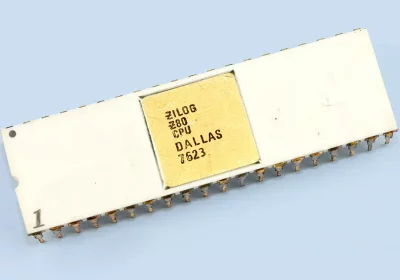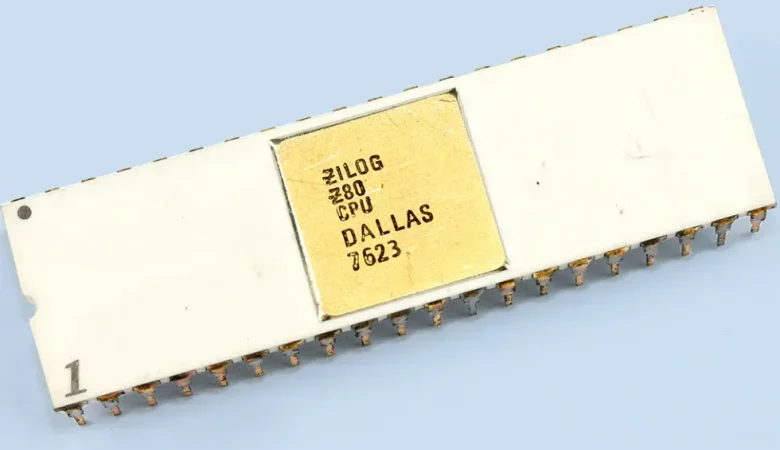
AMD confirms it is working on hybrid architecture consumer CPUs. These often have larger performance and smaller efficiency scores. The company wants to decide per application when to increase the number of cores, and when to opt for a hybrid design.
That says AMD’s chief technical officerMark Papermaster in an interview with Tom’s Hardware. He states that increasing the amount of cores “is no longer the only way to meet customer demands.” For example, in some cases, customers want the same amount of cores but more acceleration, he claims.
Papermaster continues: “But you also see variation in the cores themselves, where performance cores are mixed with efficiency cores mixed with acceleration. So now we’re not just getting variations in core density, but also variations in core type and how you configure the cores.” When asked if we can expect a hybrid architecture in consumer processors, Paperman says, “Absolutely. You’re already seeing that, and it’s only going to increase.” He says the Ryzen 7040 CPUs are an early example of a hybrid structure, as these processors include integrated AI acceleration.
In March Leaked documents have already suggested that AMD is working on Phoenix APUs with a hybrid architecture. In addition, two different types of cores would be supported: Performance and Efficiency. The two types of cores would each have a different feature set. The performance cores do the heavy lifting, while the smaller cores handle the background processes to increase overall efficiency.
With the arrival of a hybrid architecture, AMD is following competitor Intel. The latter introduced its Alder Lake processors, which also have performance and efficiency scores. Intel’s more efficient E-cores take up less chip space and have a lower power consumption than the more powerful P-cores. Intel’s efficiency cores also lack support for hyperthreading.









